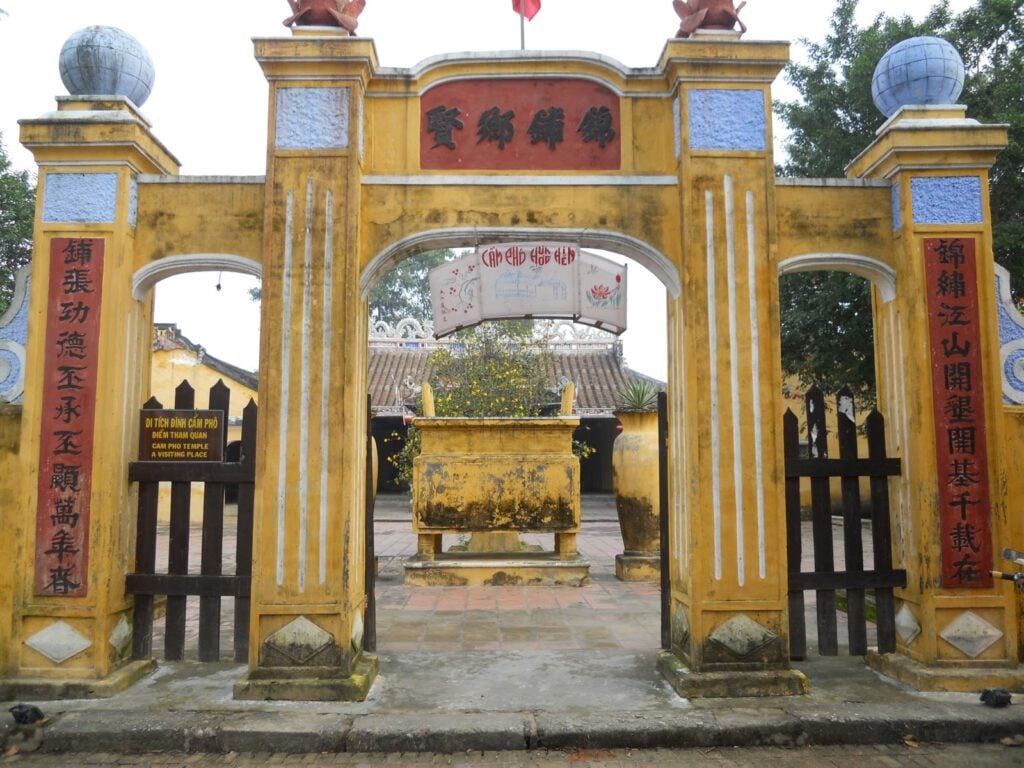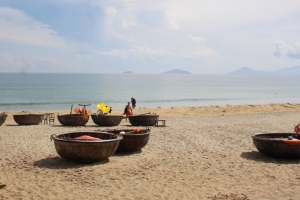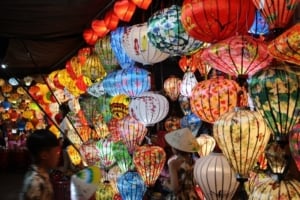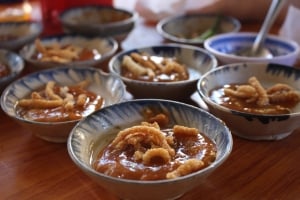Communal houses in Vietnam used to be not only places of worship but also an administrative center to hold meetings of the village’s officials.
Villagers celebrated festivities, attracting people from nearby villages, so communal houses also served as places for cultural activities and intercommunications.
Currently, Hoi An has 23 communal houses. They are historical sites of the ancient town of Hoi An.
The Xuan My Communal House (Block 4, Thanh Ha)
Inhabitants of Xuan My built their communal house in the late 17th century and renovated it in 1903. It keeps valuable information on the handicrafts and craftsmen of the region. The Communal House displays many relics, steles, elephant statues, the Six Sages temple, and plenty of interesting legends.

The Cam Pho Communal House (52 Nguyen Thi Minh Khai St)
Cam Pho is one of the oldest villages in Hoi An, and it is also the first agro-produce trading center.
Most traders of Hoi An were inhabitants of Cam Pho. They used the Communal House to meet and hold festivities, attracting people from other villages.
Cam Pho Communal House tells the history of the city’s trading business and cultural exchange.
The Hoi An Communal House (3 Le Loi St.)
At the Hoi An Communal House, the forbearer sages and the village’s god are venerated. Because the house has two elephant statues in its front yard, it is also called the Elephant Communal House.
In reality, the Communal House venerates many gods and sages relevant to waterway communications: the Nam Hai god, the Thu Bon River god, the White Hare, Madam Bo Bo, Madam Phuong Chao, and especially Lord Whale.
Legend says Kwan Yin Buddha once visited the sea and saw many people perish and boats sunk by storms. Taking pity on them, she tore a piece of cloth and threw it into the water. This piece of cloth was transformed into a school of whales that brought rescue to the victims.
Folks say whales have been rescuing many boats on the high seas. One tale tells that the boat was nearly to sink, so the sailors tied their feet together. In this case, their bodies could be found later. However, a big whale arrived, rescued them, and carried them ashore.
However, the whale was exhausted and died after carrying the sailors ashore. The inhabitants of Hoi An immediately built a temple to worship the whale.
Later, a woman villager had two sons killed at sea, but their bodies were brought ashore by a whale. To express her gratitude, she offered funds to upgrade the temple. The Whale Temple still exists today but remains unknown to many tourists because it is hidden behind a kindergarten. Yet, it still is a sacred place to Hoi An residents.
The Son Phong Communal House (78 Nguyen Duy Hieu St)
This is the symbol of the union of several villages in Hoi An. Previously, Dai An, Mau Tai, and Phong Nien villages were merged into Phong Nien Village, and a communal house was built.
Under King Thanh Thai, another village, the Son Pho, was added to the union, and the group was called Son Phong. Its communal house was renamed Son Phong Communal House.
A legend says the land around Hoi An was frequently inundated and its people had to overcome many difficulties and hardships to protect the land and maintain the safety of the city.
When a young girl from the village was chosen to serve as royal maid to Lord Nguyen Phuc Chu, she told the Lord about the village and its people.
Then, the Lord awarded it the title “Cuu Nhan Do The” (Save the World and Assist People); it was inscribed in 1715 and displayed figures of 10 phoenixes on a large board.
This is evidence of the importance the Nguyen Lords had attributed to Hoi An. The board is still hung in the Son Phong Communal House.
>>> You may check Hoi An pagodas and temples.



